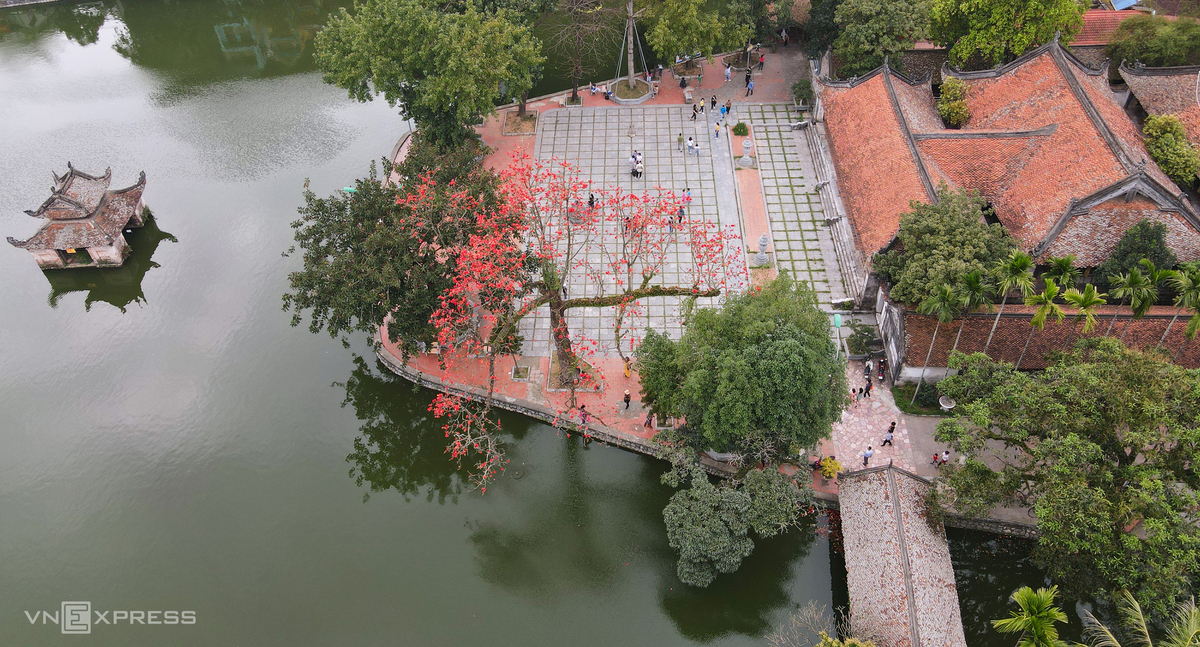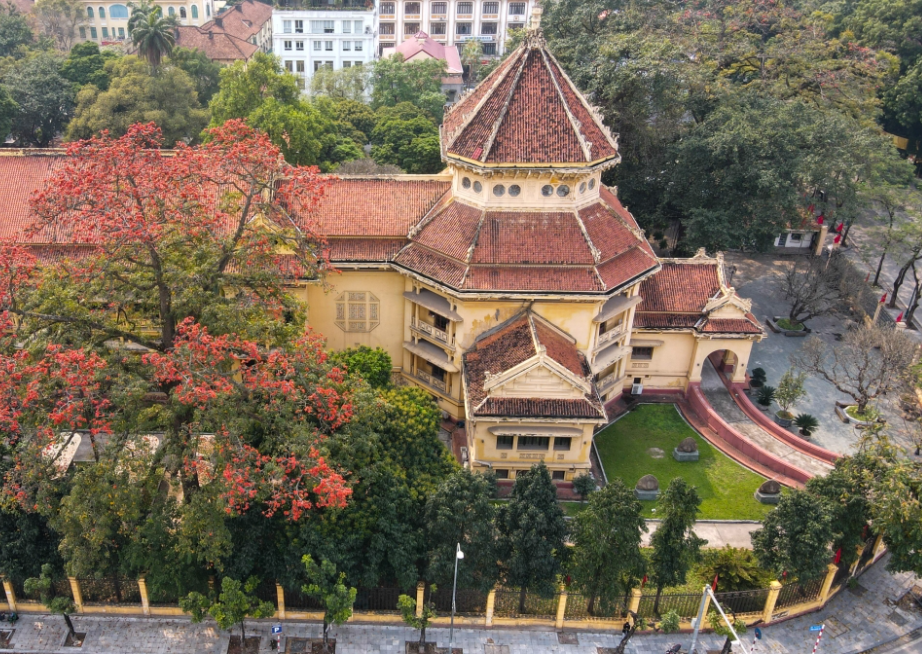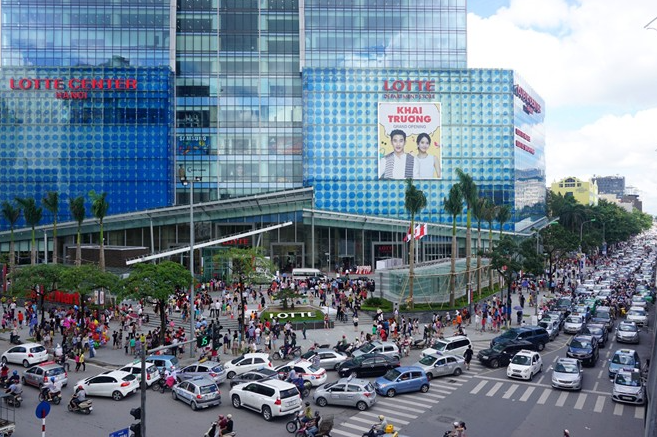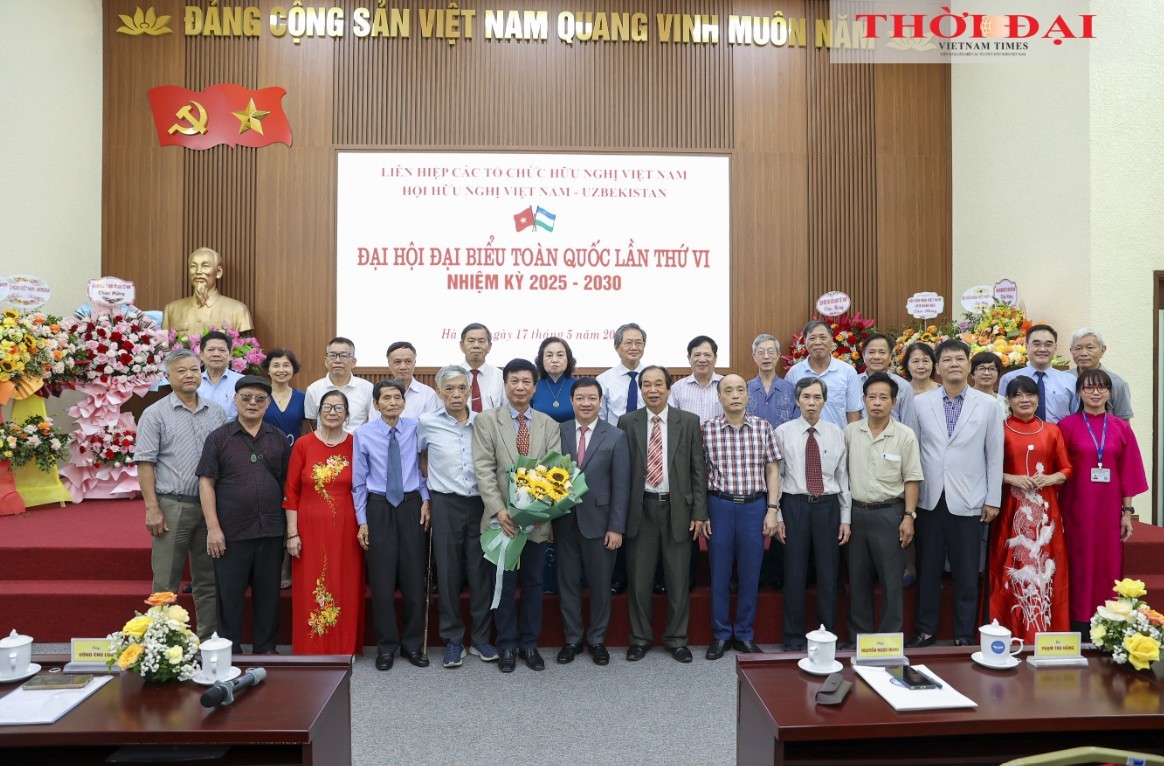Hanoi to ease population density in four inner districts by 2030
| Hanoi dyed in red of silk cotton flowers | |
| Hanoi in March: Silk-cotton flowers burn brightly red | |
| Hanoi strives to build favorable investment environment for Korean businesses |
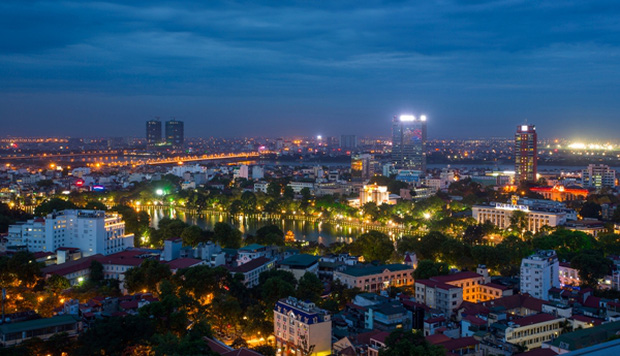 |
| As many as 215,000 people in four inner districts of Hanoi will be relocated in the next decade. Photo: VGP |
As many as 215,000 people in four inner districts of Hanoi will be relocated in the next decade, under a newly-approved urban planning project.
Local authorities on March 22 announced maps detailing six urban planning zones in Hoan Kiem, Ba Dinh, Dong Da and Hai Ba Trung districts, covering an area of more than 2,700ha.
The scheme aims to reduce the population in the four districts from the current 887,000 to 672,000 by 2030.
The city will also relocate industrial parks, hospitals and headquarters of ministries and agencies out of the four districts to have space for public infrastructure and green space.
Hoan Kien Lake and its neighbouring areas will serve as a cultural, administrative, commercial, service and tourism centre. Houses in the Old Quarter must not be higher than four floors or 16 metres high.
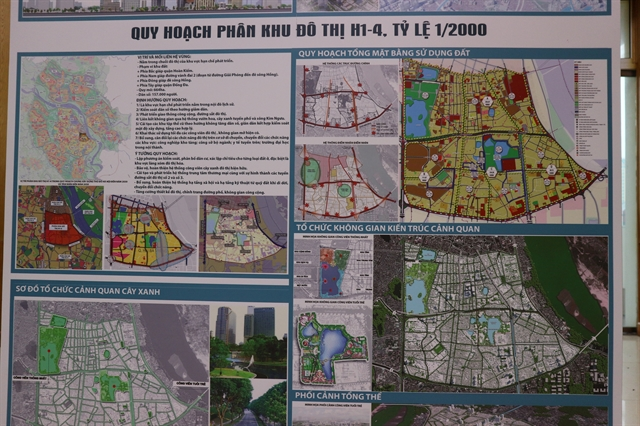 |
| Local authorities on March 22 announced maps detailing six urban planning zones in Hoan Kiem, Ba Dinh, Dong Da and Hai Ba Trung districts, covering an area of more than 2,700ha. Photo: VNA |
Lưu Quang Huy, head of the city’s Construction Planning Institute, said roads designed on the maps would be connected together, along with ring roads, to create a network linked with the city centre.
High-rise buildings will be built along the ring roads, city centre-connected routes and urban residential quarters, Huy said.
The city plans to build underground walking lanes connected with underground public transport and underground stations.
Figures released in 2016 from the Old Quarter Management Board showed up to 1,200 people lived per hectare in the area.
The 81-ha Old Quarter comprises 36 streets, stretching from Hoan Kiem Lake to the south, Long Bien Bridge to the north, Tran Nhat Duat Street to the east and the citadel wall on Ly Nam De Street to the west.
Such streets have shops at the front and living areas in the back, making homes become increasingly narrow and streets increasingly busy./.
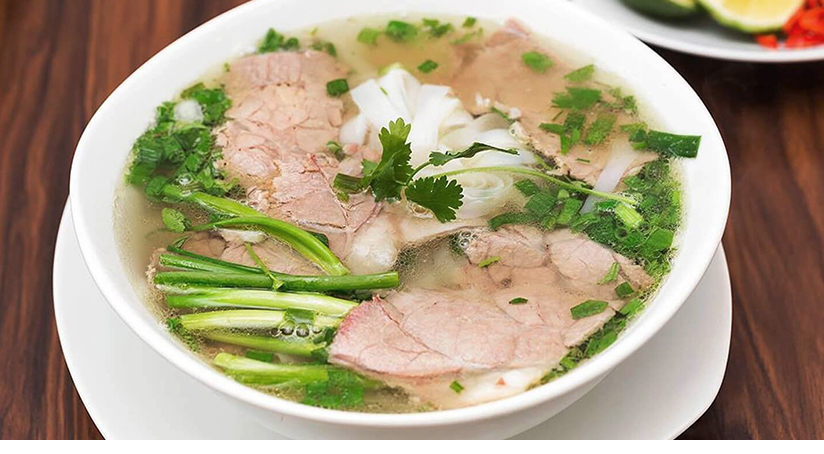 | Hanoi is the most recommended places for traditional food lovers Hanoi and Ho Chi Minh City are the most recommended destinations for traditional food, street food, and places to shop for food, according to the ... |
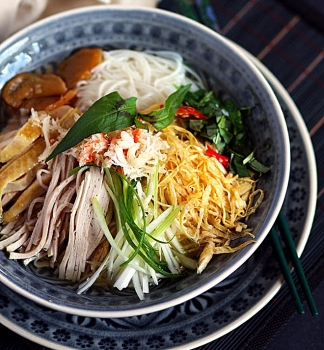 | Hanoi, HCM City voted top places for local cuisine According to a survey conducted by renowned travel website Booking.com, both Hanoi and Ho Chi Minh City have been voted as the leading destinations to ... |
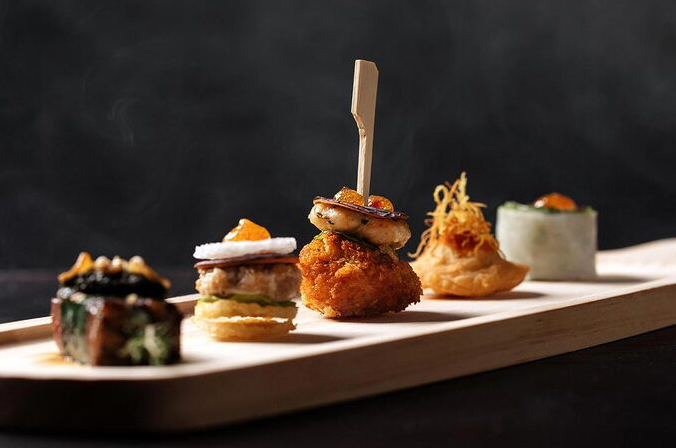 | Hanoi specialties "packed" in Western food serving style Hanoi signature dishes - rolled pho, fried fermented pork roll, bun cha - are made in small portions, served with some drops of special dipping ... |
Recommended
 Viet's Home
Viet's Home
Hanoi, South Africa Strengthens People-to-people Exchanges, Expands Multi-sector Cooperation
 Viet's Home
Viet's Home
Hue City to Raise Awareness on Mine Accident Prevention
 Focus
Focus
Vietnam Leaves Imprints on the World Peacekeeping Map
 Viet's Home
Viet's Home
“Global Vietnamese Singing 2025” - Connecting Hearts Longing for Homeland
Popular article
 Viet's Home
Viet's Home
Vietnam’s People's Public Security Force Actively Contributes to UN Peacekeeping Operations
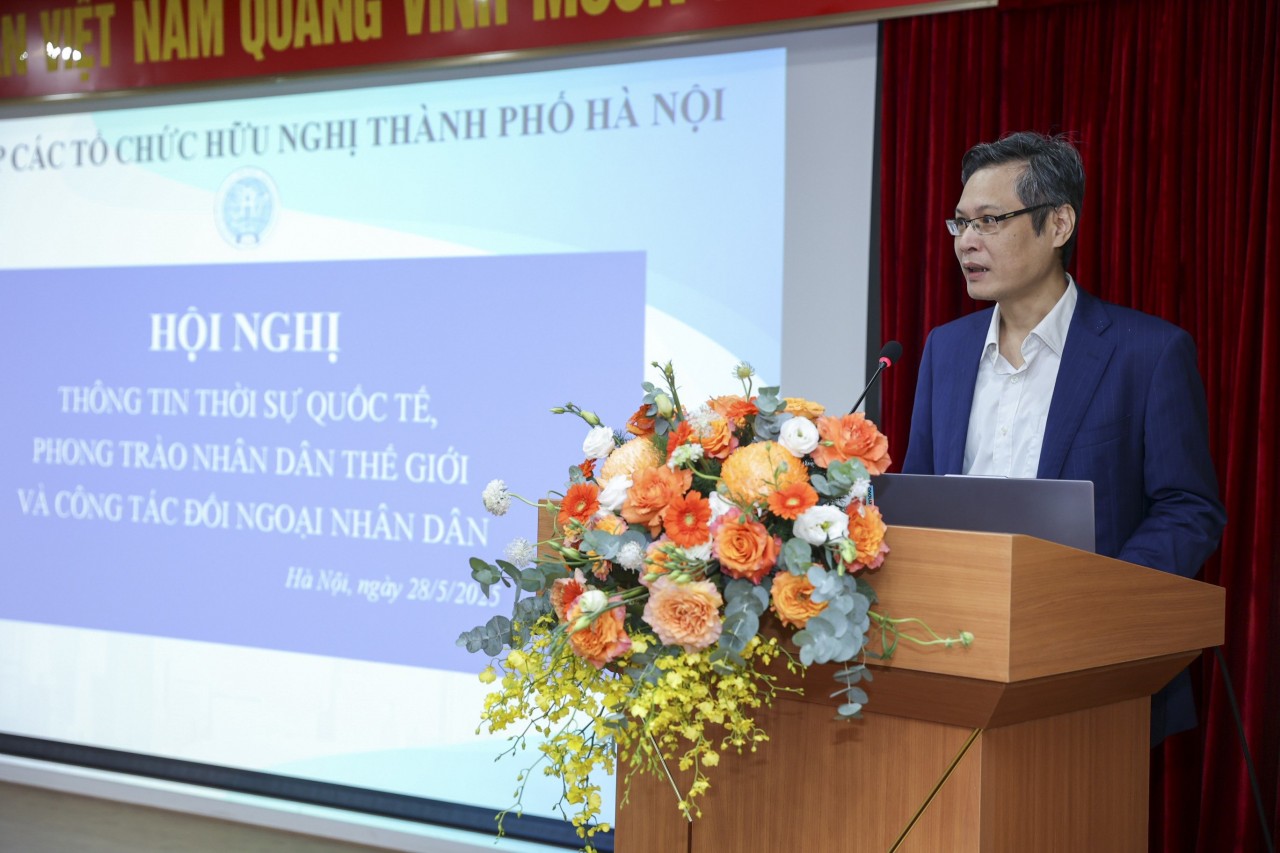 Viet's Home
Viet's Home
HAUFO Enhances Competence of People-to-People Diplomacy Personnel
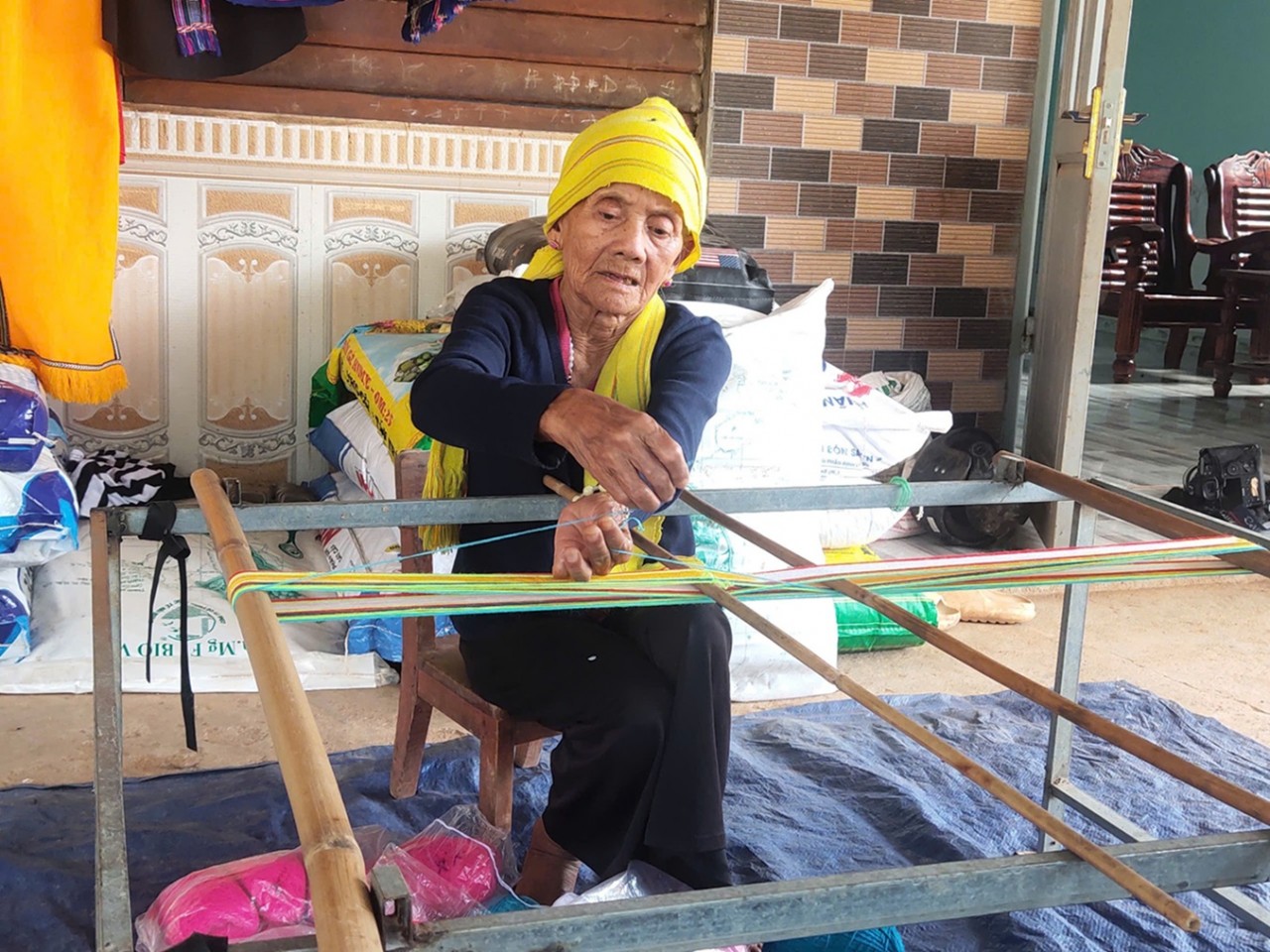 Viet's Home
Viet's Home
Hands that Reserve Da Long Brocade Craft
 Viet's Home
Viet's Home

